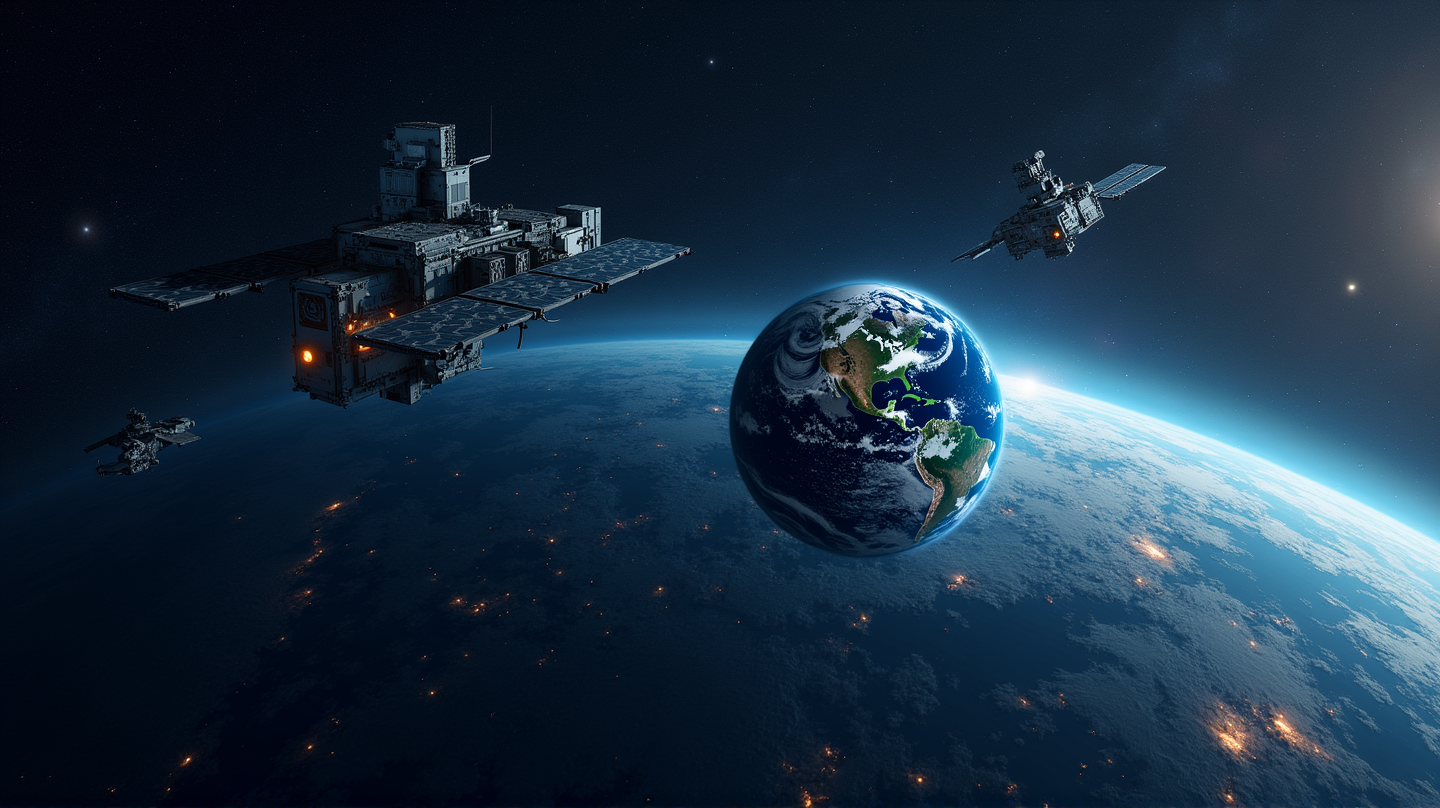China's Space-Enabled Military: A Threat to US Deterrence
General John Raymond warns of China's advances in space militarization and its impact on US and allied security during the Atlantic Council event.

As the world grapples with rapid technological progress, the militarization of space emerges as a pressing concern. This sentiment was echoed robustly by General John W. Raymond during an Atlantic Council event on May 8. Raymond, the first Chief of Space Operations for the US Space Force, laid bare the threat posed by China’s burgeoning space capabilities, illuminating a landscape of growing tensions and strategic challenges.
Ascent of the Dragon in Space
Raymond painted a vivid picture of how China, previously an observer of US dominance in space, has now risen to threaten that very supremacy. According to Atlantic Council, China’s efforts to integrate space technology into its military are amplifying its ability to challenge US allies in multiple domains. “We have to have the ability to protect those forces,” Raymond emphasized, underscoring the necessity for heightened vigilance and innovation.
Collaborative Frontiers
Despite the challenges, Raymond maintains confidence in the US’s ability to lead in space, bolstered by its allies and partners. He highlighted that space offers a unique platform for international cooperation, which could fortify global defenses. “I think space is a domain that helps unite countries globally,” he elaborated, reflecting hope in collective strength.
Strategic Defenses in the Space Theater
The rapidly evolving space domain necessitates a reevaluation of defense strategies. Raymond stresses the importance of integrated deterrence within the space domain to prevent conflict from escalating into terrestrial confrontations. Specifically, he pointed towards making space architectures more resilient and imposing costs on adversaries to deter aggressive actions.
Innovation Meets Industry
The synergy between the US Space Force and the commercial sector forms a crucial pillar in maintaining an edge in space innovation. As partnerships with private companies deepen, the speed of technological advancements accelerates, reducing costs and broadening capabilities. Yet, challenges remain, particularly in aligning profit-driven industry cycles with military needs.
Orbital Traffic and Space Awareness
An overarching concern, as shared by Raymond, is the growing congestion in space. With debris and an ever-expanding catalog of satellites, domain awareness becomes critical. The transition of space traffic management to a civilian agency could allow the Space Force to concentrate on its strategic defense role, a shift that Raymond supports.
In an era where space is a contested and competitive frontier, General Raymond’s insights spotlight the crucial steps needed to navigate the challenges ahead. The emphasis on strong alliances, strategic deterrence, and innovative partnerships underpins a framework for securing peace and stability in the boundless expanse above. As stated in Atlantic Council, the future of deterrence and warfare may well be decided in the stars above.

